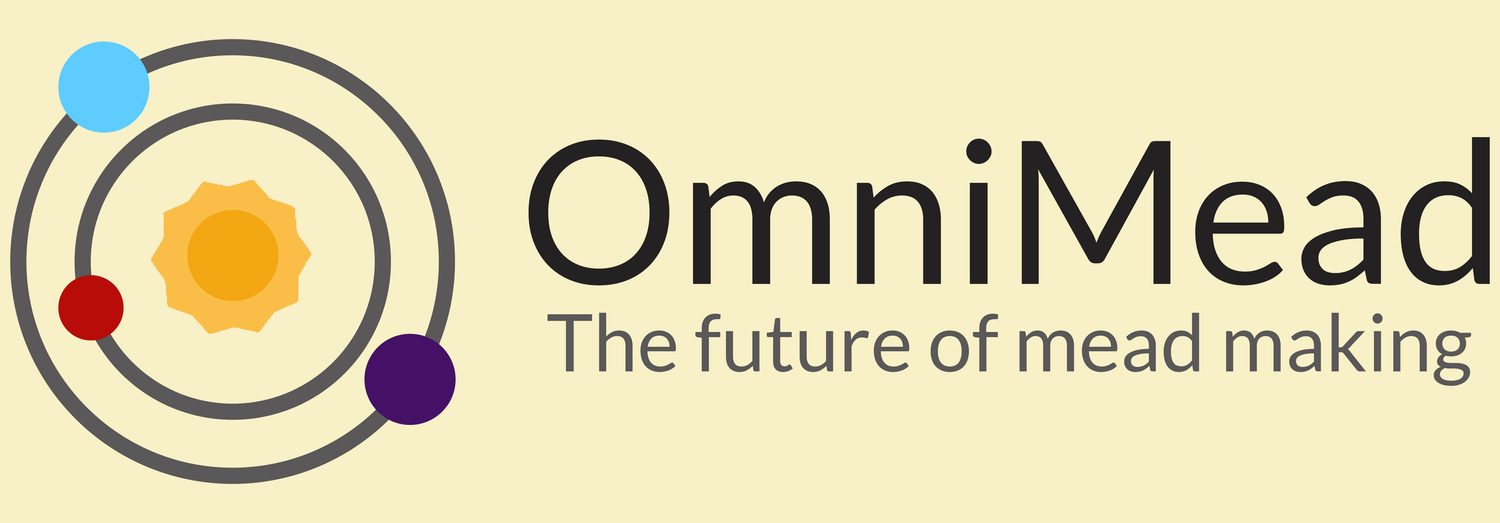Phenylalanine: A New Era of Mead-Making
High levels of L-phenylalanine during fermentation have been demonstrated to provide honey flavor to beer through increased production of flavor compound phenylethyl acetate (see references). This data got me thinking: Can we use L-phenylalanine to enhance honey notes in mead?
In addition to the conversion of L-phenylalanine into phenylethyl acetate, consider three points:
Phenylalanine concentration in pure honey is very low (80-160 mg/kg). This is before we dilute with water by 4 fold or greater.
Flavonoids that provide unique honey flavor are structurally similar to phenylalanine. Phenylalanine is the primary scaffold for the biosynthesis of flavonoids.
Yeast requires cyclic rings contained in all these compounds to make DNA, proteins, and ester compounds. Yeast will scavenge these cyclic rings to create these necessary compounds thus reducing the amount of honey flavonoids.
Proposed Experiment
Capturing honey flavor is especially difficult in session meads. I propose making two dry 10% ABV meads side by side. All parameters exactly the same except Mead A receives 1 gram/gallon of L-phenylalanine while the Control Mead does not receive L-phenylalanine. Ferment dry and perform blind taste testing.
Hypothesis
Adding phenylalanine could prevent yeast from consuming honey flavonoids thereby increasing flavonoids in our mead. Increased flavonoids should boost honey flavor and aroma.
I cannot imagine a single mead maker that wouldn’t desire to keep more honey flavonoids. Especially me.
Method
I made two dry 10% ABV meads side by side. All parameters are the same except the following:
Mead PA0: No added L-phenylalanine
Mead PA1: 1 grams/gallon (1.4 grams/5 litres) of L-phenylalanine
I plan to do triangle testing with a blind group for this mead.
Must Preparation
To 2 x 1 gallon-sized sanitized carboys, add 2 lbs of wildflower honey, 1.89 g Fermaid K, 2 g K2CO3, and 4.8 g Fermaid O.
Add 0 or 1 grams of L-phenylalanine to the appropriate container.
Add up to 0.5 gallons of water.
Mix until all the honey is dissolved.
Add water to slightly shy of 1 gallon.
Yeast Preparation
In a sanitized Pyrex measuring cup, heat 250 ml of water to 101°F/38°C in a microwave.
Mix 10 grams of GoFerm into hot water.
Sprinkle 4 grams of UvaFerm43 yeast on top. Allow to sit for 5 minutes, then mix in vigorously.
After 10 minutes, add 125 ml proofed yeast (2 grams yeast per gallon) to each carboy. Do not allow the yeast to sit longer than 15 minutes total!
Fermentation
Ferment at 72°F/22°C.
Monitor the gravity to determine when it reaches <1.000. (4-5 days)
Ferment Log
Day 5
PA0: 1.000
PA1: 1.000
Both are done at this point and dry.
Both have a bit of a sulphur smell that is typical of this stage of fermentation.
The sulphur is not present in the taste of the mead.
The mead is too cloudy and young to compare at this point. I’ll try at Day 10.
Day 6
Began cold crashing
Day 10
The mead is now crystal clear—time for tasting notes. I did the following tasting BLIND. I had no idea which was which until after I wrote the notes.
PA0
Aroma: Harsh sulfury aroma. Hints of honey.
Taste: No sulfur in the taste, but a very unfocused honey. Flat and uninteresting.
PA1
Aroma: Floral, honey, beeswax.
Taste: Laser-focused honey flavor. Extra tartness that brightens the beverage. An extremely enjoyable dry mead
Conclusion
This has far exceeded my expectations. There is an amazing difference between these meads. PA1 is a 10 while PA0 is a 5. We have successfully figured out how to make a quick dry mead! However, one person’s opinion isn’t enough….
Phenylalanine Experiment 2
The above experiment was repeated and given to 26 blind volunteers. The volunteers were asked which mead they preferred.
Note: The one person who preferred no phenylalanine stated he thought phenylalanine-treated mead was smoother with more honey, but he liked the lighter flavor.
Phenylalanine Aging Experiment
Since these experiments, I have aged a few bottles for 1 year for side-by-side tasting.
Phenylalanine Experiment 2 Aged 1 year
Untreated Control: Dry mead. Extremely tart with a bite on the back palette. It’s quite tasty but…
Phenylalanine Treated: Super smooth easy drinking dry mead. Absolutely zero bite. Reduced acidity which is good in this case.
Overall Conclusions
The addition of 1 gram per gallon/1.4 grams per five litres does improve the overall honey impression of mead. Since these experiments, I’ve added phenylalanine to many meads I’ve made over the years. The result has been an elevation of the honey qualities in these already stellar meads. While these results are preliminary, I would encourage other mead makers to try their own side-by-side experiments with phenylalanine.
Suggested Dosing
Phenylalanine from Bulk Supplements (US)
Per gallon: 1/4 tsp L-phenylalanine = ~1 grams
Per 5 litres: 1/3 tsp L-phenylalanine = ~1.4 grams




